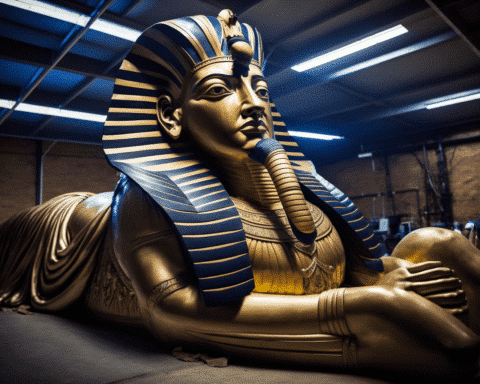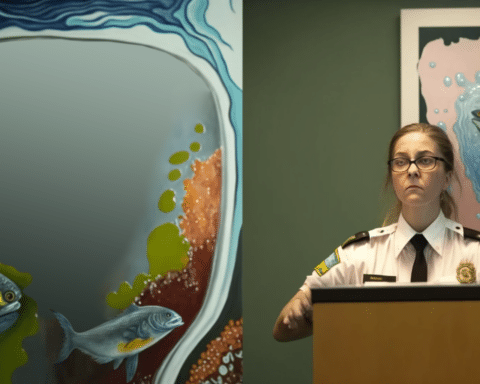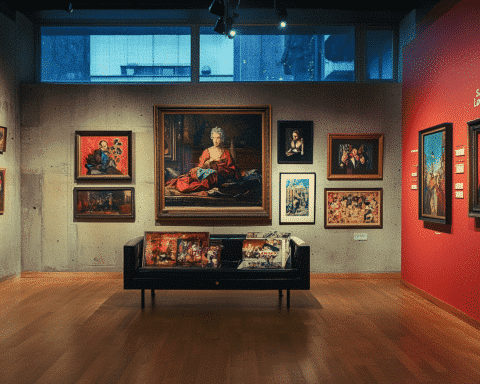Eight sculptures by British artist Bill Woodrow were removed from a recent auction at London’s Roseberys auction house after concerns were raised about the low estimated prices, which could have been detrimental to Woodrow’s career. The pieces were part of 40 works from the Saatchi & Saatchi collection.
Saatchi & Saatchi, once the world’s largest advertising agency, was co-founded by influential Iraqi-British collector Charles Saatchi and his brother Maurice. Although the brothers were removed from the company in 1995, many works auctioned at Roseberys were acquired during Charles’s tenure when he actively bought and showcased UK artists, including those involved in the Young British Artists (YBAs) the New British Sculpture movements.
Bill Woodrow, a Royal Academician and Turner Prize nominee, is a key figure in the New British Sculpture movement, known for his creations using scrap materials. Woodrow’s works made up most of the Roseberys sale, featuring pieces by Lucas Samaras and Julian Opie. Many Woodrow sculptures had significant exhibition histories, such as Cello/Chicken (1983), a large-scale metal installation piece made from car hoods, displayed in international institutions, including Denmark’s Louisiana Museum in 1986.
Despite their exhibition histories and large sizes, the estimated prices for Woodrow’s works were low, ranging from £800 to £2,000. At the same time, Woodrow’s secondary market hasn’t achieved the same success as his peers like Antony Gormley, his larger works typically sell for mid-to-low five figures.
Jessica Smith, a former staff member at the New Art Centre in Salisbury, where Woodrow held a solo exhibition in 2016, expressed her disbelief at the low starting prices for Woodrow’s works, stating that some of them are comparable to his sculptures held in the collections of Tate and MoMA.
Richard Deacon, a fellow New British Sculptor and Turner Prize winner echoed Smith’s concerns, highlighting the potential damage to Woodrow’s career if his works were sold at such low prices in a minor auction house.
Deacon explained that key figures in Woodrow’s market were alarmed by the low estimates, leading to a private agreement between the consignors and British dealers Jacob Twyford, director at Woodrow’s gallery Waddington Custot, and Charles Booth-Clibborn. The agreement resulted in the withdrawal of the works from the sale. Further details of the deal remain undisclosed, and Twyford and a spokesperson for Waddington Custot have declined to comment. It is understood that Woodrow was aware of the sale but has not commented on the situation.
A representative for Roseberys maintained the auction house’s strict confidentiality policy, stating that the personal details of buyers or sellers are never revealed.
Deacon also recalled a similar incident involving his works in the 1980s when Charles Saatchi attempted to sell several pieces he had purchased for display alongside works by Lucian Freud and Richard Wilson. Nicholas Logsdail, a founder of Lisson Gallery, intervened by offering Saatchi a deal that eventually led to relocating Deacon’s works to various museums and institutions. Deacon noted that the intervention ensured no harm was done and that Saatchi received a reasonable return on his investment.
The last-minute intervention to withdraw Bill Woodrow’s significant artworks from the Saatchi & Saatchi collection auction highlights the importance of preserving artists’ reputations and the value of their work. With the support of key figures in the art world and the timely actions of dealers, potential damage to Woodrow’s career was averted, serving as a reminder that the art market must prioritize the well-being and legacy of its creators.




